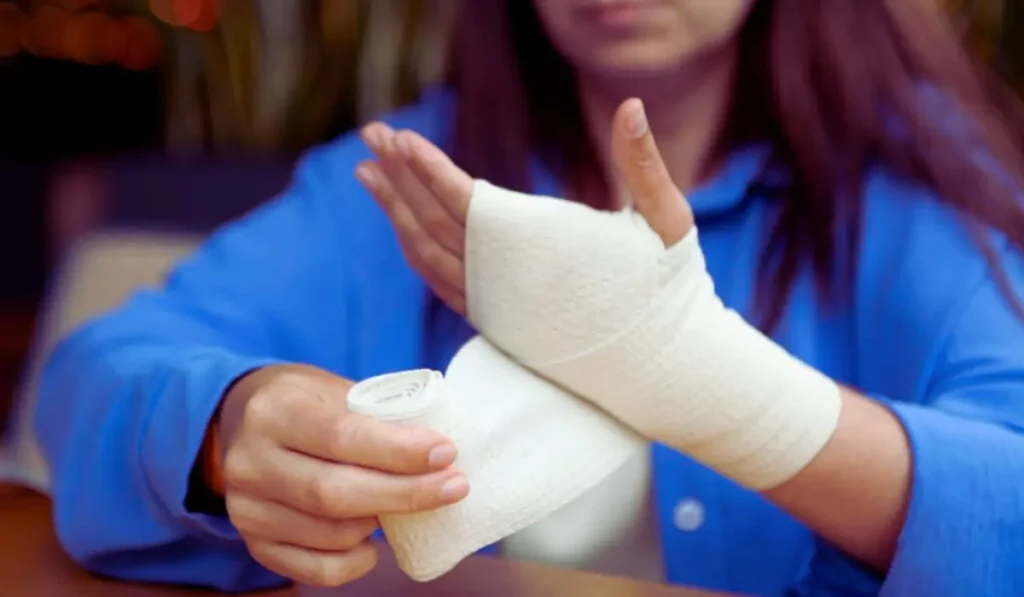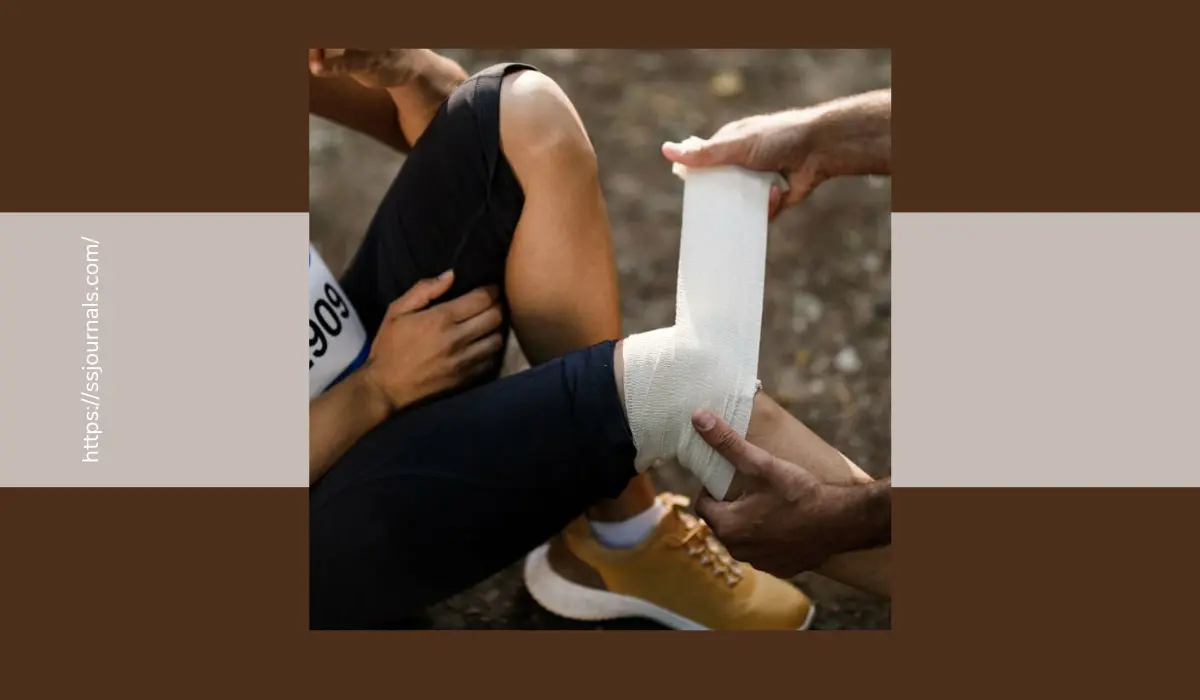Are we all equal when it comes to sporting prowess? Despite drastic training and impeccable dietary hygiene, why do some top athletes fail to surpass existing records while others smash them?.
Genetics plays an undeniable role in an athlete’s journey since 170 genes are involved in physical abilities. What place should be given to genetics?.
Among the 170 genes identified, we found those involved in muscle growth, flexibility, reflexes and even those responsible for predisposition to injury.
Speed performance is linked to the version of ACTN3 gene ( alpha-actinin-3) present on chromosomes 11. This is responsible for the synthesis of muscle protein, it is decisive for the mechanical action of the fast fibers which are very used during rapid efforts such as sprinting.
In this article, we want to critically examine the role of genes in sport Injury, some genes are undeniably responsible for predisposition to Injury.
Genetic makeup determines the reaction of an individual to the surrounding environment, this genetic variation contributes to the athletic performance and the onset of musculoskeletal injuries, most especially in tendon and ligaments tissues.
However this particular susceptibility by an athlete to Injury as a result of the person’s genetic makeup still needs further evidence, more research work needs to be done for proper clarification.
Notwithstanding, in order to prevent sport related injuries, the main risk factors for injuries must be identified. This genetic predisposition to injury issue has recently become a popular research area, as a result, a number of genes that may play a key role in injury have been identified, namely rs143383 (GDF5), rs17602729 (AMPD1), rs12722 (COL5A1), and rs680 ( IGF2).
The GDF5 gene encodes the protein Growth differentiation factor 5 which is known to influence both growth and maintenance of bones, muscles and tendons.
Dominance of these genes, just like every other human genetic makeup is different from one athlete to another, this will definitely have either positive or negative dominance on injury susceptibility of an individuals.
Genetic Risk Factors For Soft Tissue Injuries
A familial predisposition of specific genetic sequence variants have been linked with conditions affecting the achille and rotator cuff tendon, this condition is also linked with cruciate ligament rupture and shoulder dislocation.
This evidence presented undeniable evidence between genetic and so common Injuries associated with athletes that lead to sport Injuries at different degrees and levels between different athletes.

This also suggests that soft tissue injuries are mostly caused by the interaction of multiple genetic and environmental factors.
Meanwhile, Scientific understanding of the Involvement of genetics in sport performance is limited, due to the complexity of sport genetic, it is difficult to determine which genetic factors help someone to set a world records, however, Scientists are beginning to understand how certain genetic factor can Influence athletic trait.
Whether these genes are identified or not, there are other dependent factors that will determine the efficient genetic contribution of such genes to the attribute mentioned.
Gene that determine the degree or level of injury in an individual will have some determinant factors that will help to trigger the function of such gene in order to separate the intensity of injury sustainability of one athlete to the other.
Other Genetically Influenced Sporting Activities.
Other versions of the gene, such as R577X variant which appears to reduce the proportion of fast-switch muscle fibres, some studies have shown that it is more common among endurance athletes such as long distance runner and cyclist.

There are two main types of muscle fibres ( Type 1 or red) they are fine and developed when practicing cycling. The other is the fast fibre ( Type IIB or white) they produce more power during short pulses as they require less oxygen unlike the red fiber.
People who have two normal alleles for this gene have natural inclination towards fast running such as 100 meter.
These are possible ways genetic factors could determine either degree of injuries in athletes or sporting performance.
Related: Sports Medicine And Genomics
Conclusion
Genetics play a significant role in determining injury susceptibility in athletes. Variations in genes involved in connective tissue structure, inflammation regulation, and energy production can influence risk. However, genetic testing is not yet definitive enough to predict outcomes. While uncontrollable, understanding one’s genetic predispositions empowers athletes to take preventative measures like tailored training programs and injury avoidance strategies. As the science advances, genetics may allow more personalized optimization and resilience building to reduce sports injury risk.

